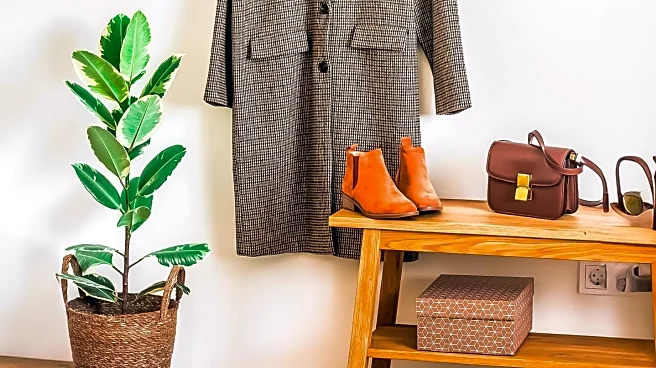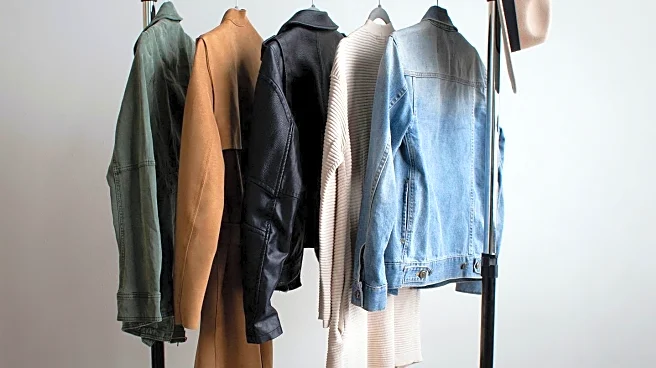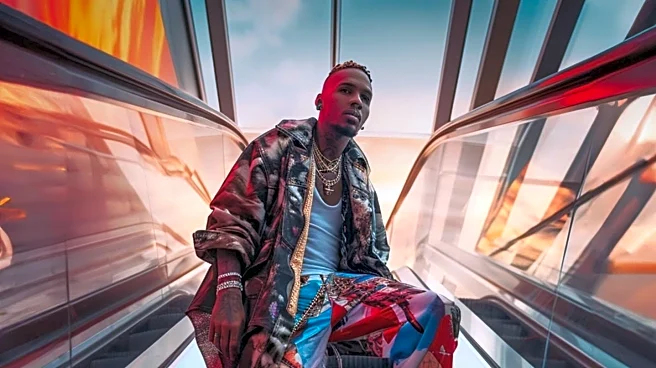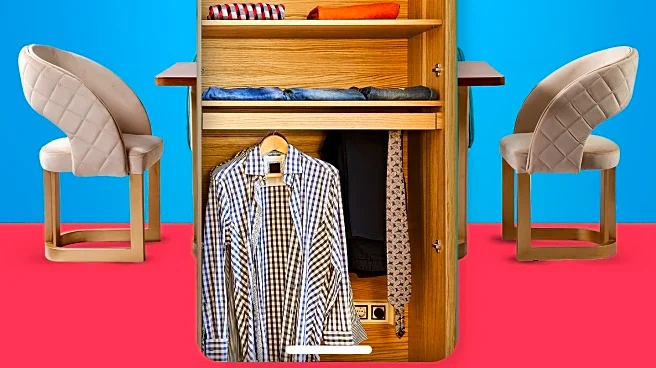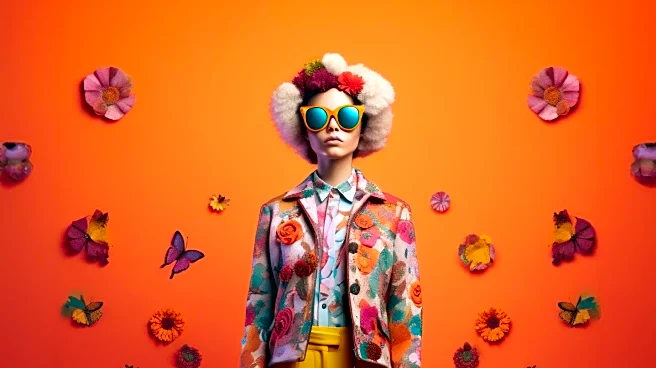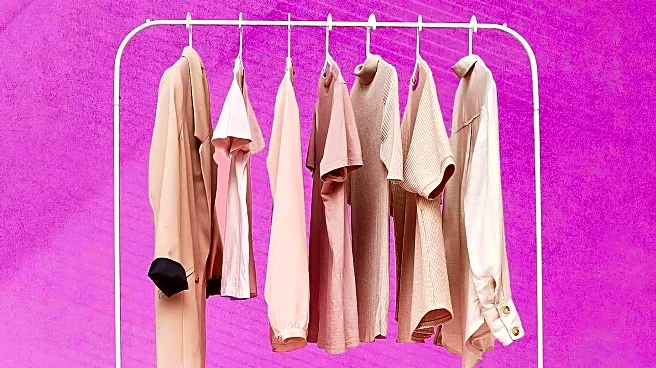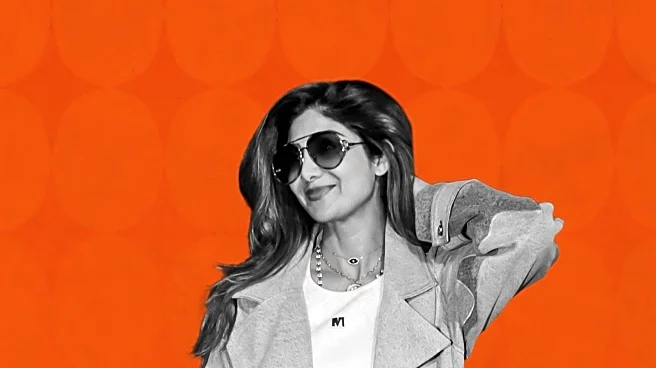What's Happening?
The fashion industry is witnessing a resurgence of maximalism, with designers and brands showcasing bold and expressive outfits for the winter season. This trend is characterized by vibrant colors, intricate
patterns, and layered textures, offering a stark contrast to minimalist styles. Key pieces include sequin skirts, velvet trousers, and fringe accents, as seen in collections from Gucci, Loewe, and Rabanne. Fashion influencers are advocating for the incorporation of statement accessories, such as oversized blazers and pendant necklaces, to enhance personal style. The movement encourages individuals to embrace creativity and personality in their daily attire, making fashion a form of self-expression.
Why It's Important?
The return of maximalism in fashion signifies a shift towards individuality and self-expression, impacting consumer behavior and retail strategies. As people seek to express their personalities through clothing, brands are likely to see increased demand for unique and bold designs. This trend could lead to a diversification in product offerings, encouraging innovation in fabric and design techniques. Retailers may benefit from higher sales as consumers invest in statement pieces that stand out. Additionally, the emphasis on personal style may influence social dynamics, fostering a culture of acceptance and creativity in fashion choices.
What's Next?
Fashion brands are expected to continue exploring maximalist designs, potentially collaborating with artists and influencers to create exclusive collections. As the trend gains momentum, retailers might adjust their marketing strategies to highlight the uniqueness and versatility of maximalist pieces. Fashion weeks and industry events could showcase more daring and experimental designs, setting the stage for future trends. Consumers may also see an increase in sustainable and ethically produced maximalist clothing, as brands respond to growing environmental concerns.
Beyond the Headlines
The maximalism trend may have deeper cultural implications, reflecting a societal shift towards embracing diversity and individuality. As fashion becomes a tool for self-expression, it could challenge traditional norms and encourage inclusivity. This movement might also influence other creative industries, such as interior design and art, promoting bold and eclectic styles. The focus on personal expression through fashion could lead to a broader acceptance of varied identities and lifestyles, fostering a more open and diverse society.
